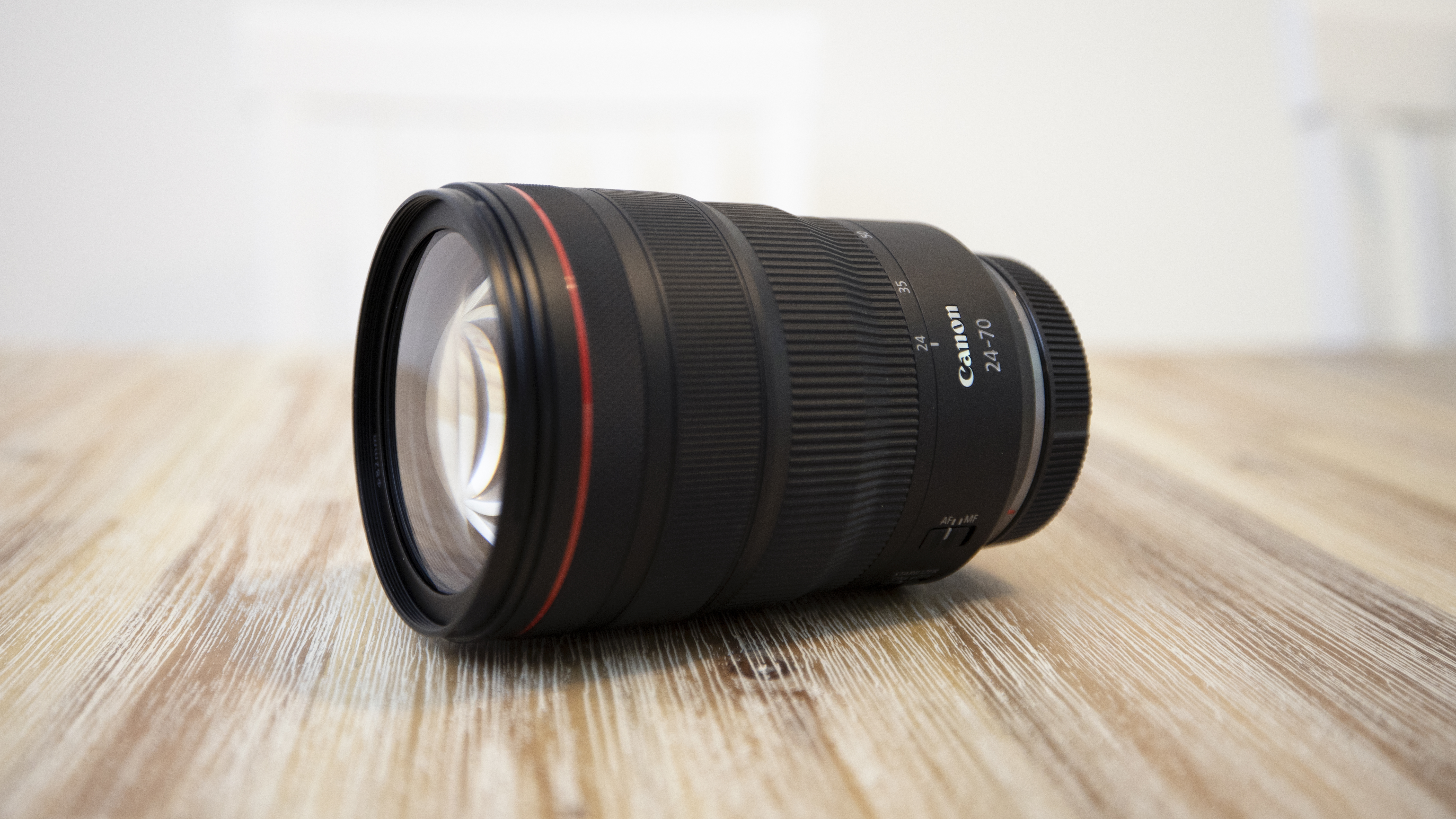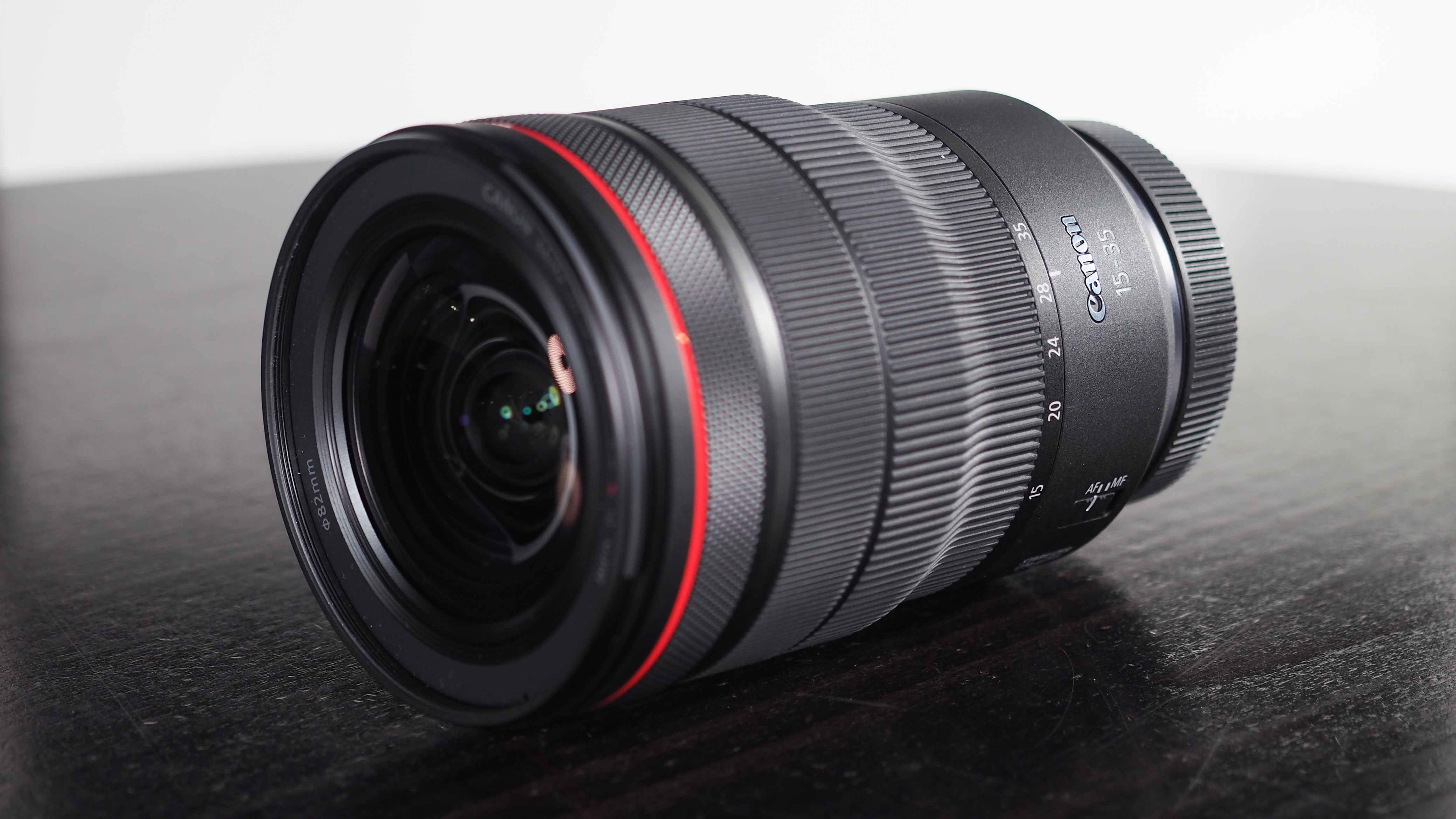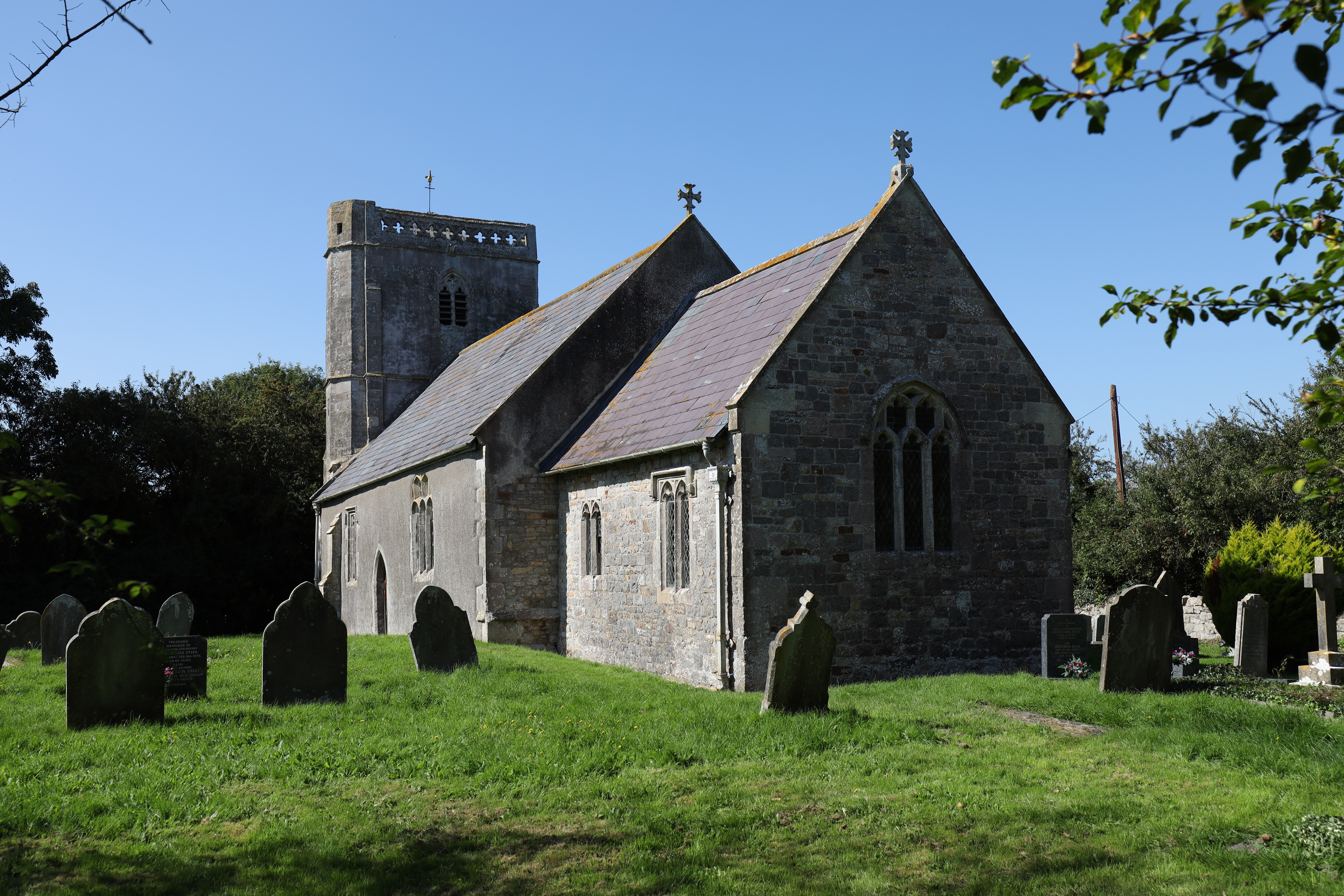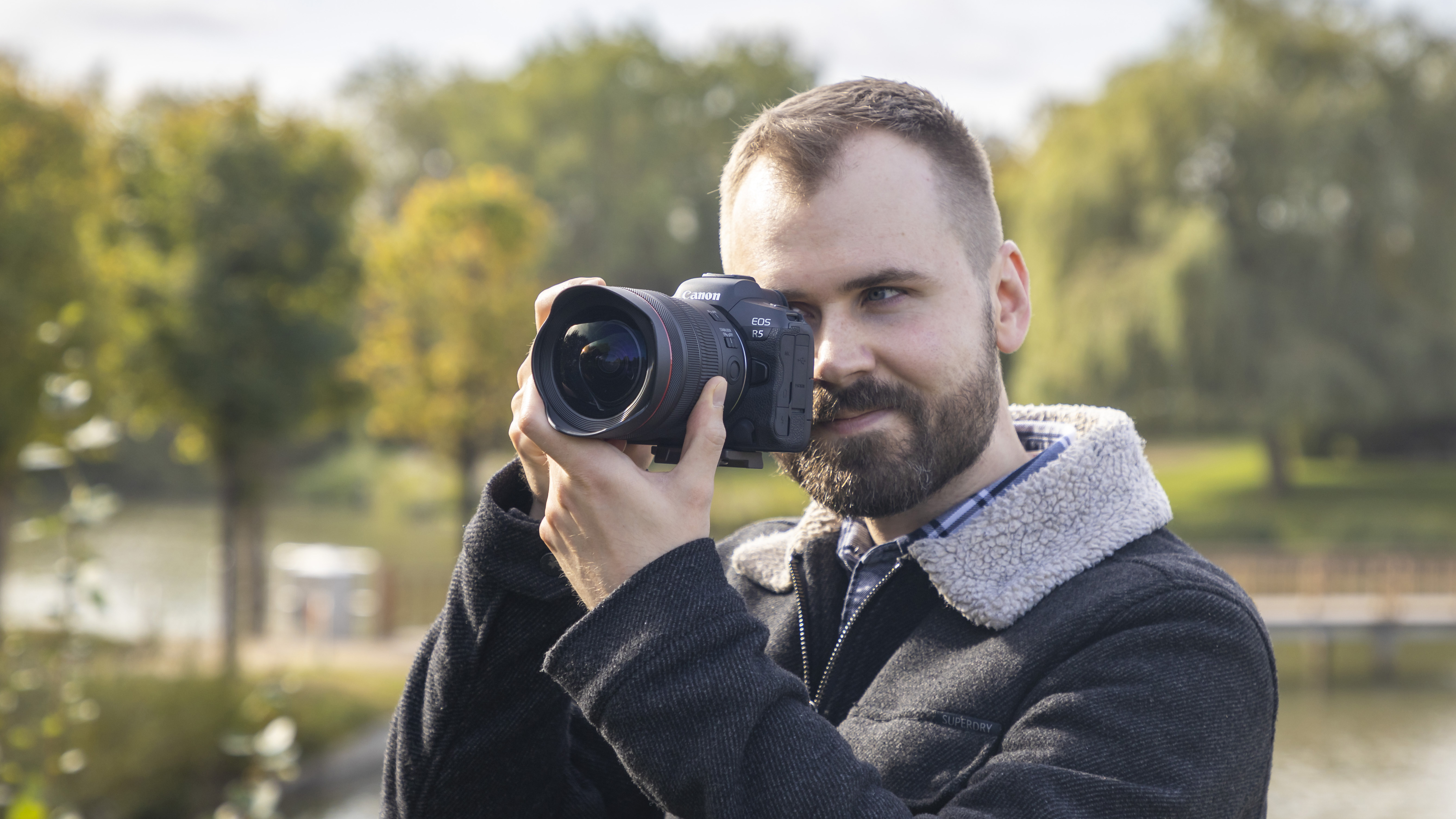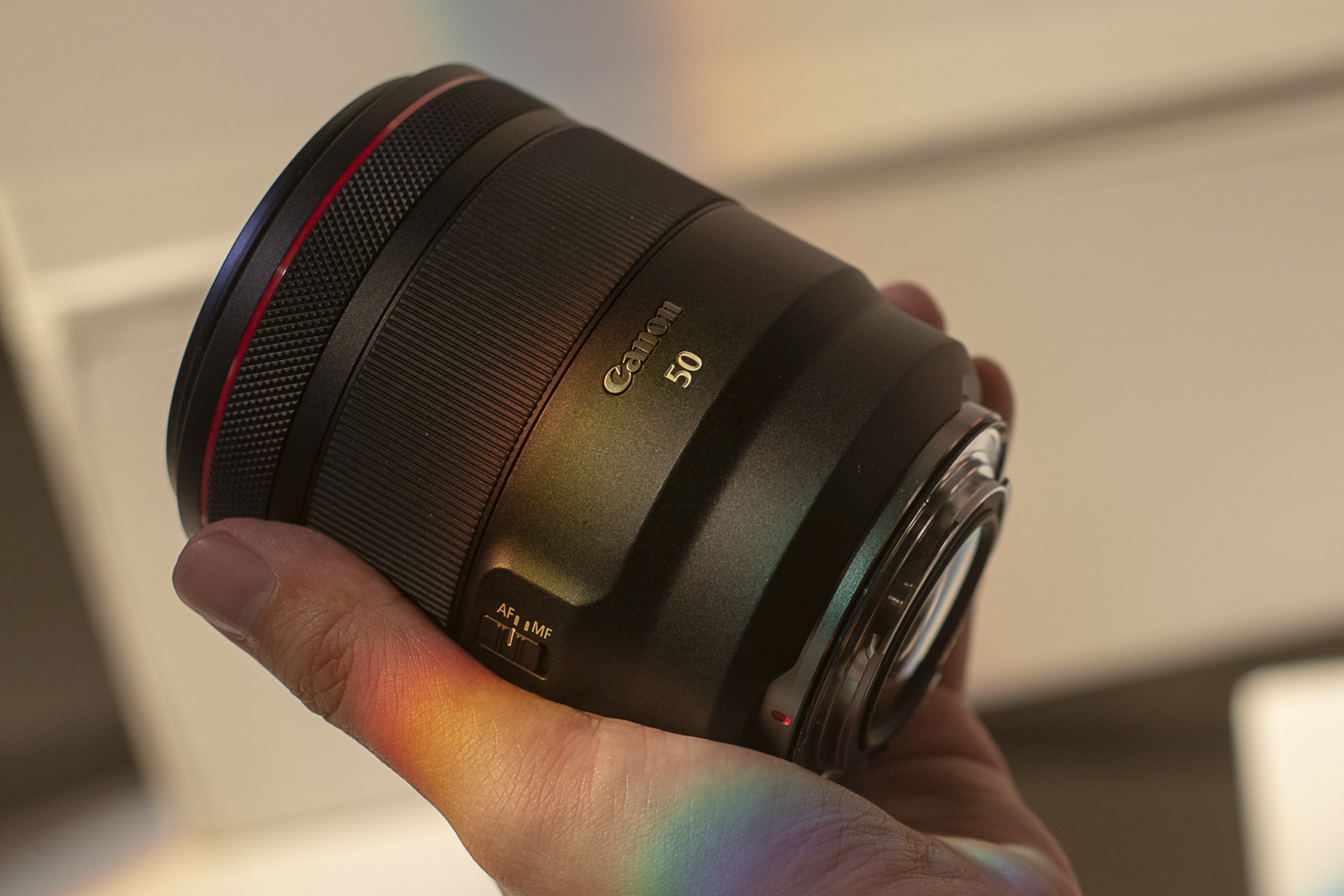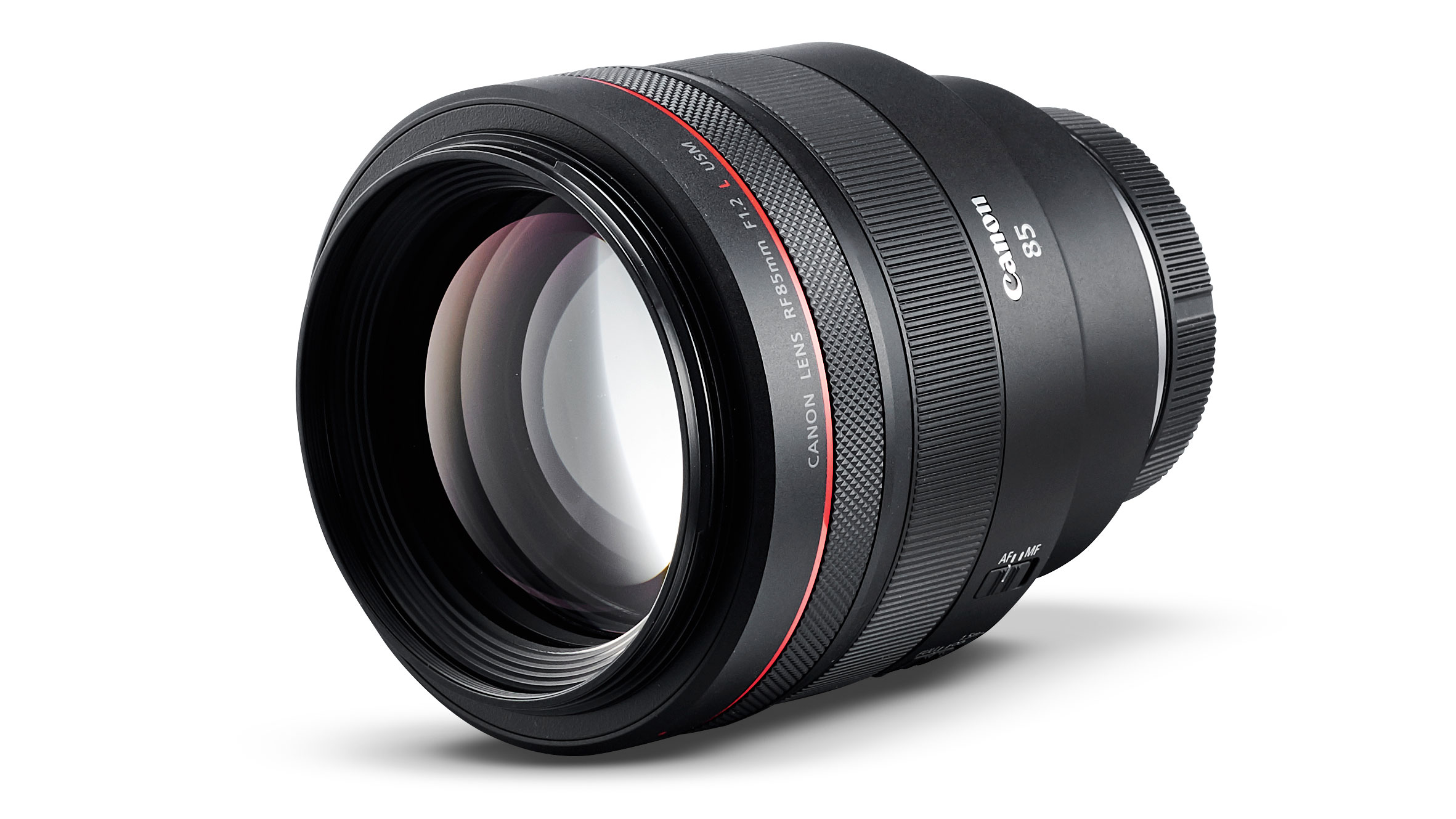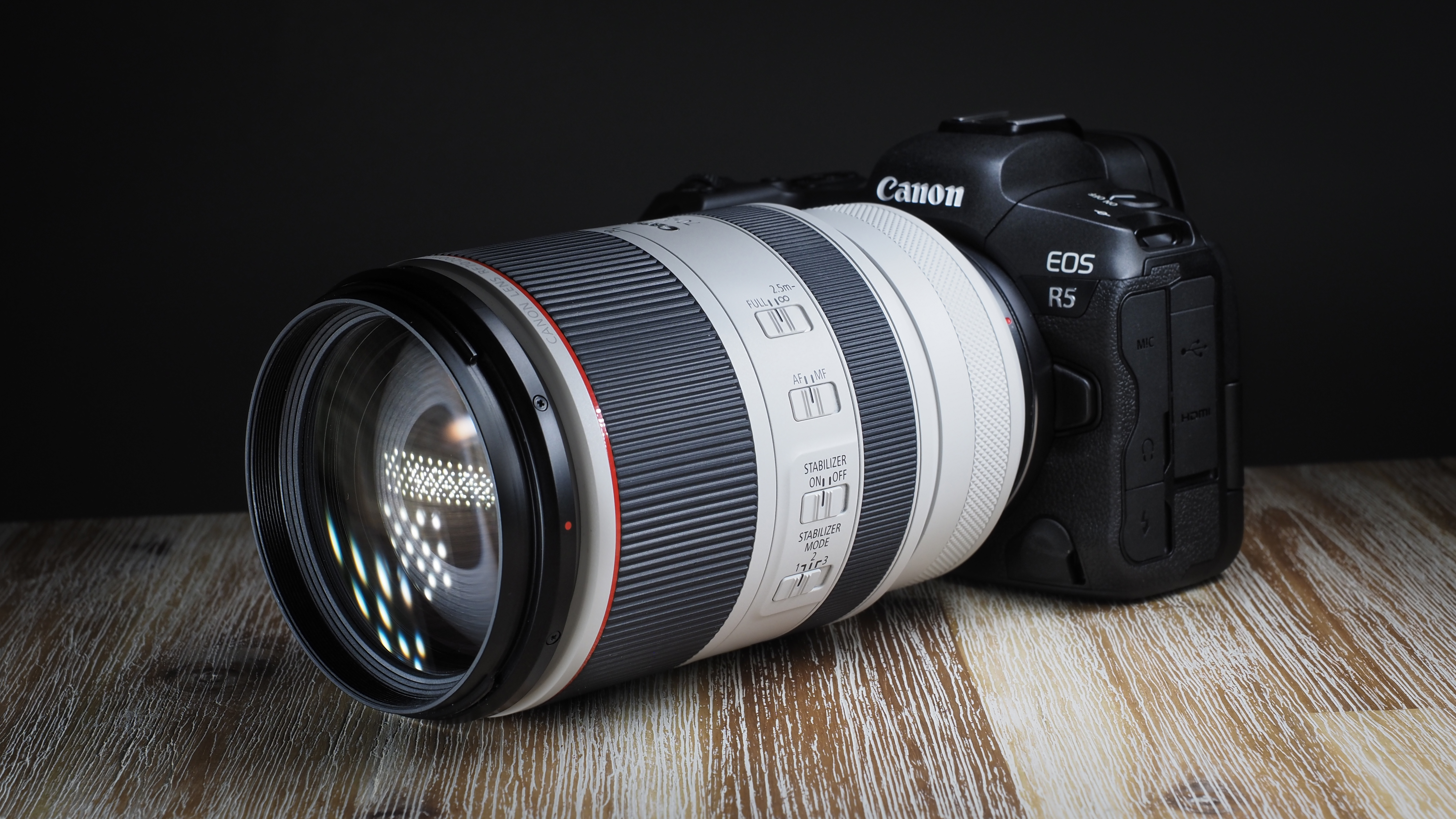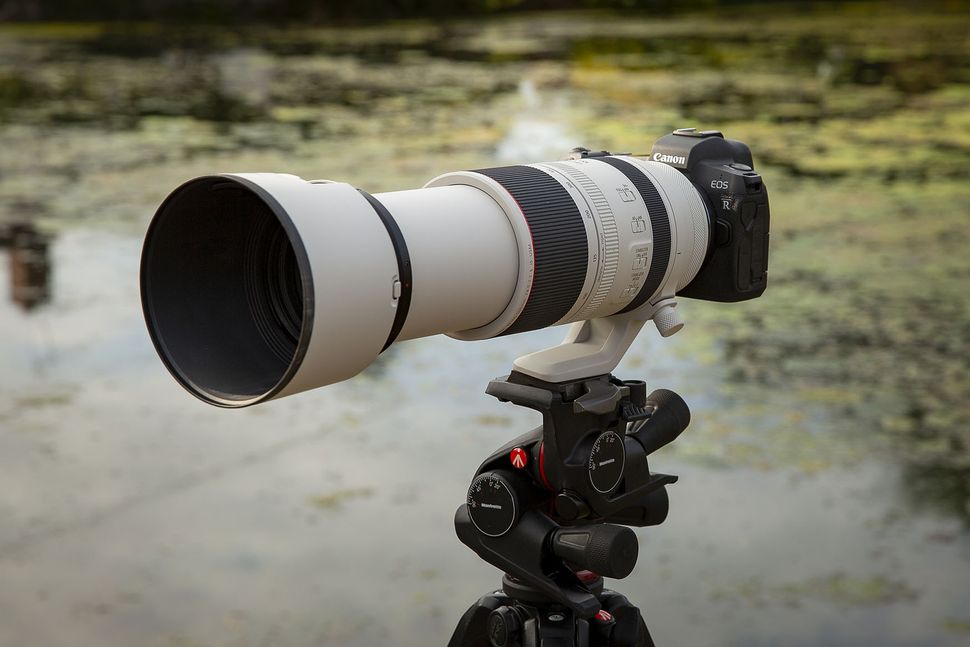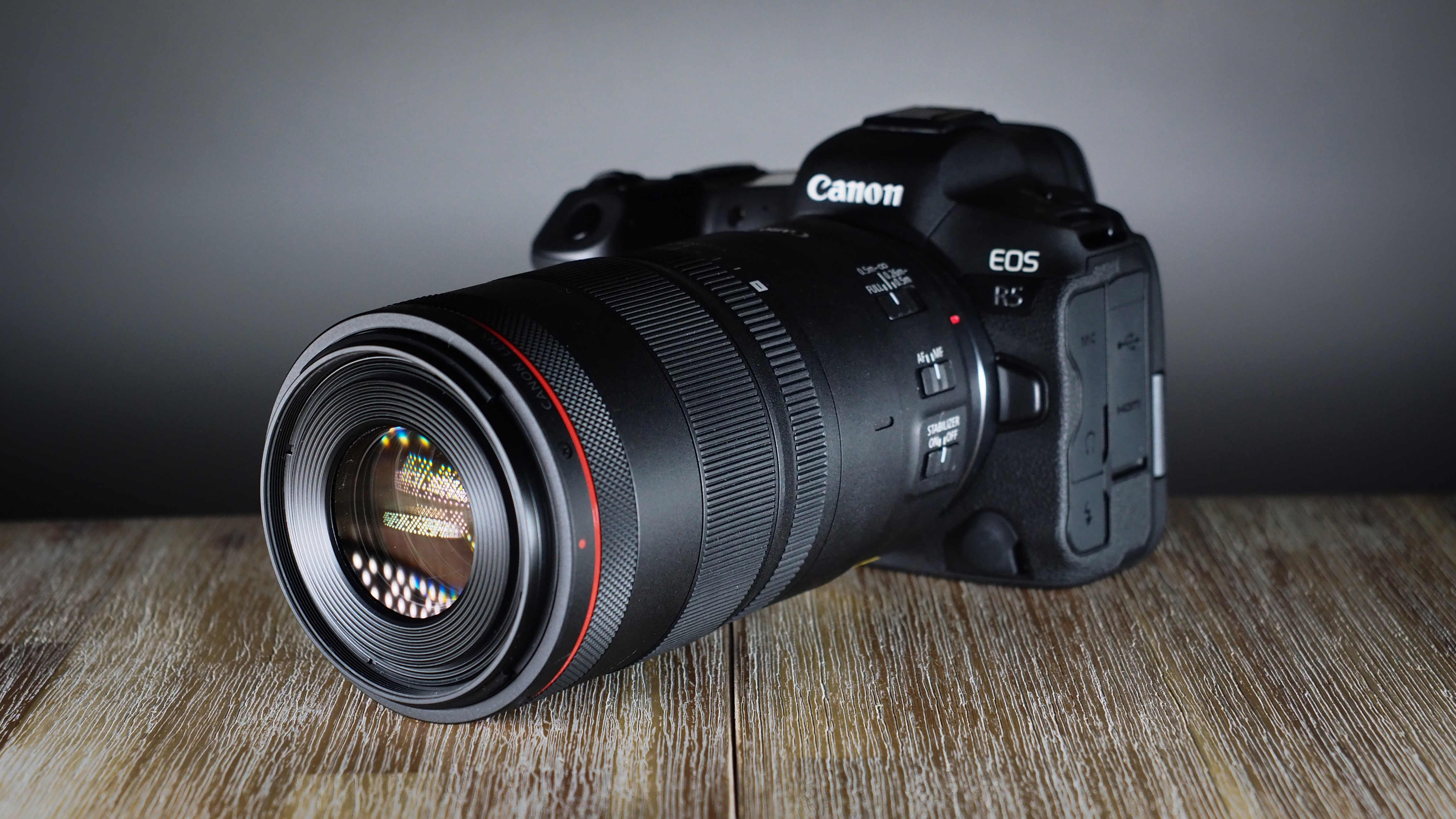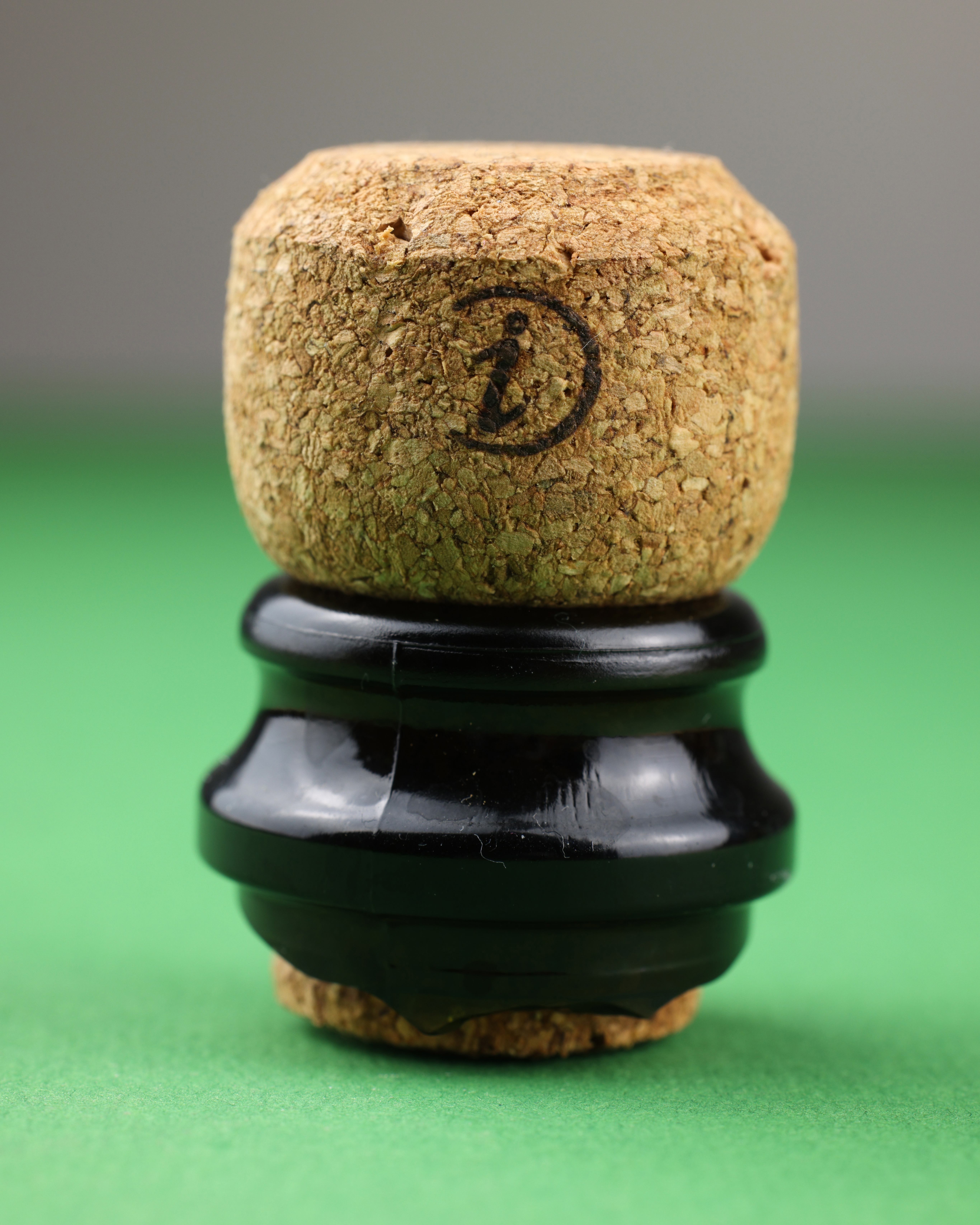The best lenses for the Canon EOS R5 and R5 Mark II: premium lenses for Canon's high-res bodies
Join me as I pick out the best lenses for the Canon EOS R5 and R5 Mark II, from portrait primes to wildlife zooms, astro glass and macro
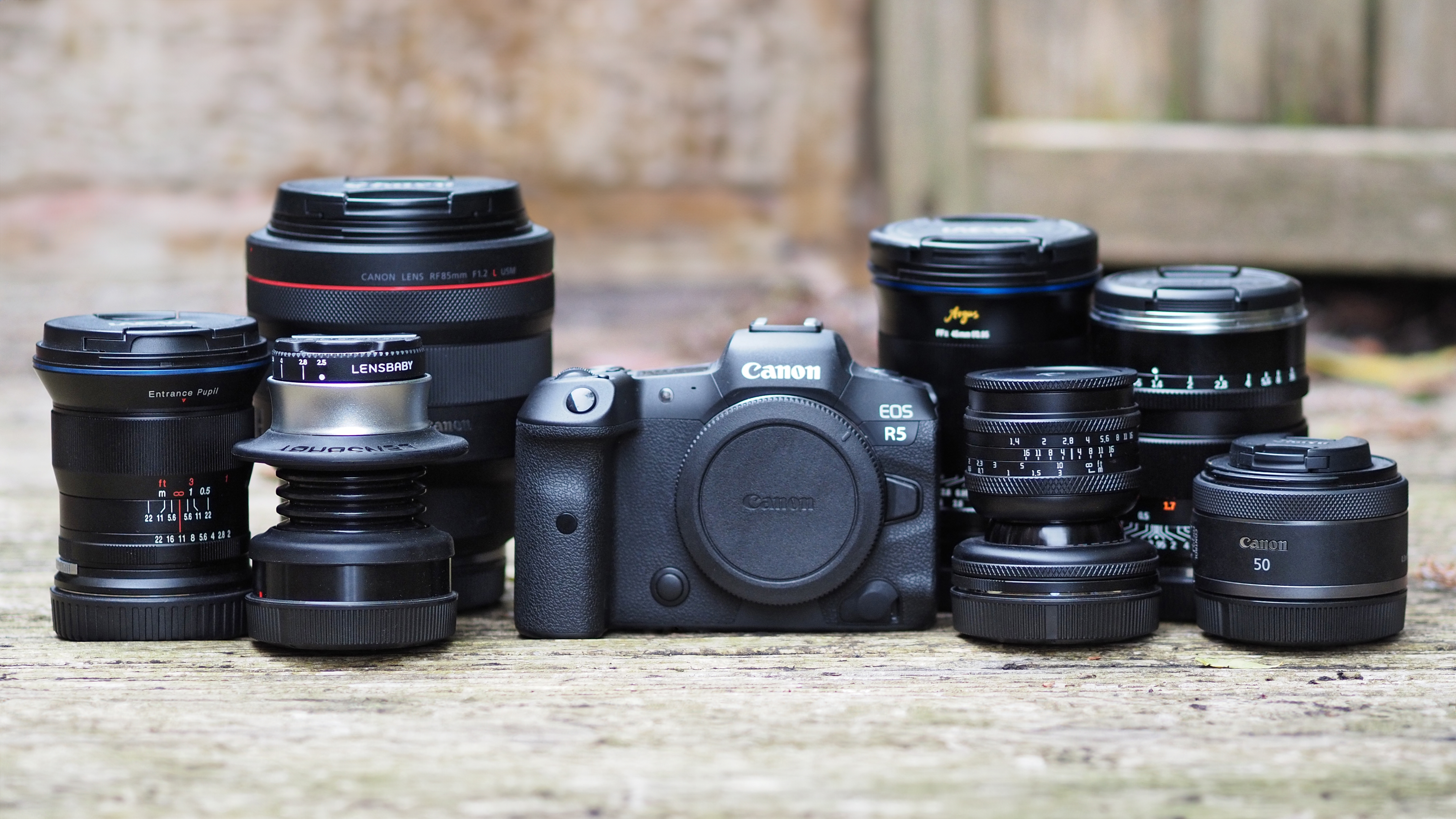
I've spent the past five years sussing the best lenses for the Canon EOS R5 – and now the Canon EOS R5 Mark II. As an R5 owner since launch day, and a Mark II user since it was previewed to the press, I know how important it is to squeeze all the juice out of these powerhouses!
Canon has released some great glass during that time, but some of the best lenses for the Canon EOS R5 have also come from third parties – and now that Canon has opened the RF mount to Sigma and Tamron, that trend is sure to continue.
Choosing lenses for the R5 and R5 Mark II is a bit tricky. On the one hand, these 45MP / 8K powerhouses demand the very highest performance. But as much as I love the results from something like the Canon RF 15-35mm f/2.8 trinity lens, I'm far more likely to pick up the smaller, lighter, cheaper Canon RF 16mm f/2.8 for much of my wide-angle shooting.
So here are my picks for the best Canon EOS R5 lenses based on my own personal use, while doing my best to balance price, performance and portability!

Having reviewed the camera before it launched, I immediately preordered an R5 and have been using it since release day. I was also one of the few UK journalists invited to Canon's gala announcement of the R5 Mark II in Munich, where I tested the camera extensively shooting sports, portraiture and breakdancing.
The Quick List

This is a good all-rounder for general-purpose shooting, although you’ll likely want better sharpness for your photo projects. Read more below…
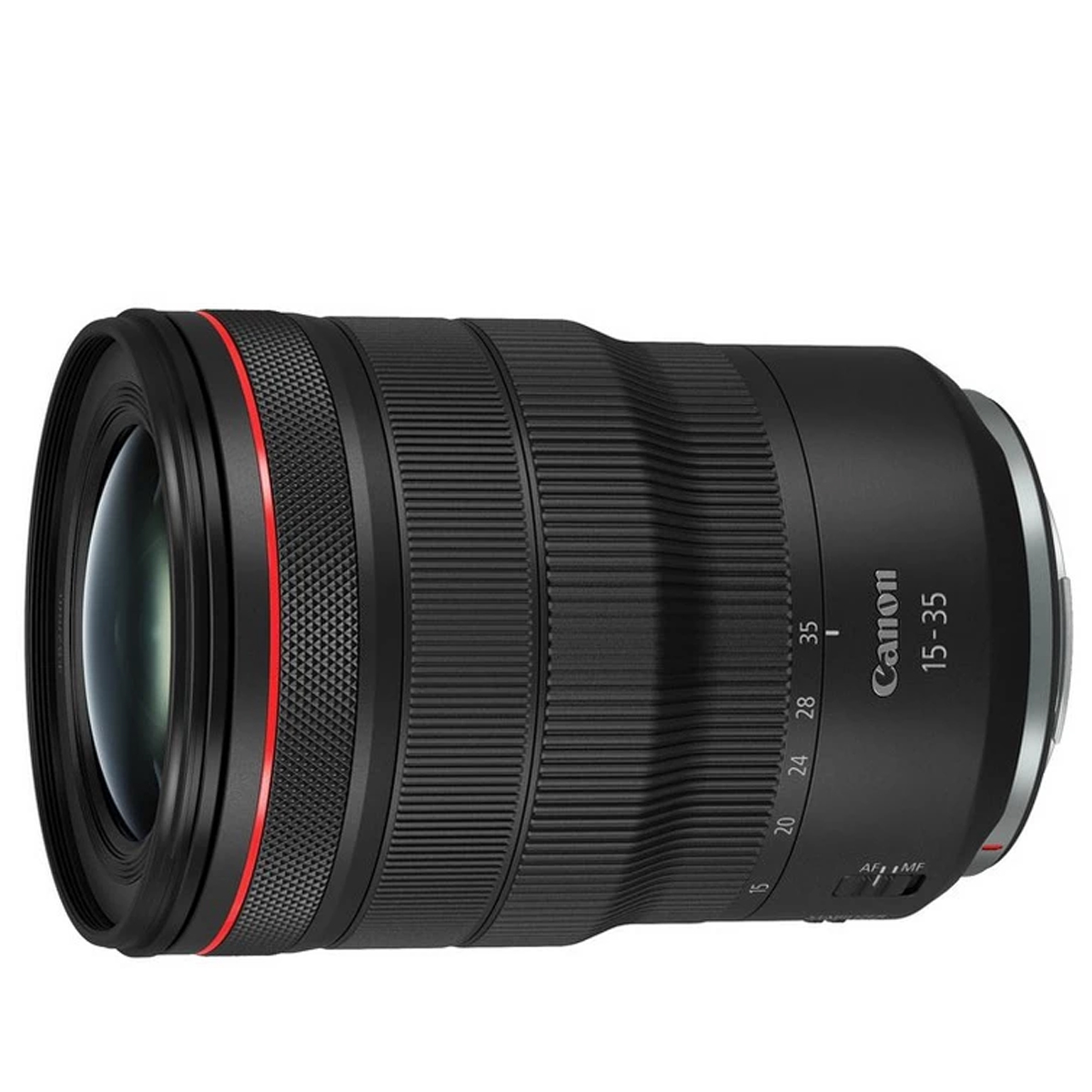
This is a great lens for capturing the big picture, from landscapes to astrophotography, and it can cope well with low light. Read more below…
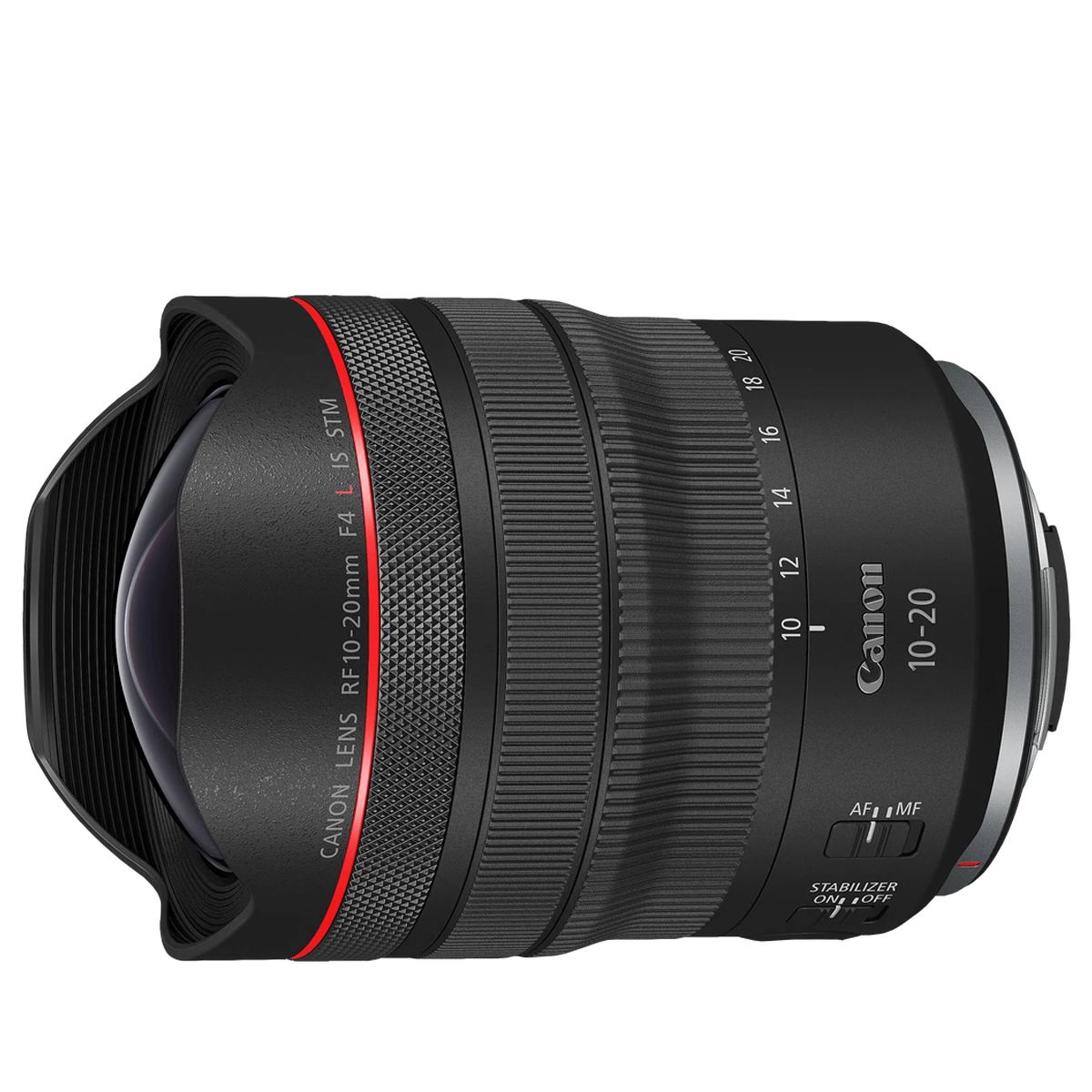
For the most epic scenes or for shooting architecture, this zoom goes even wider, with the bonus of image stablization. Read more below…
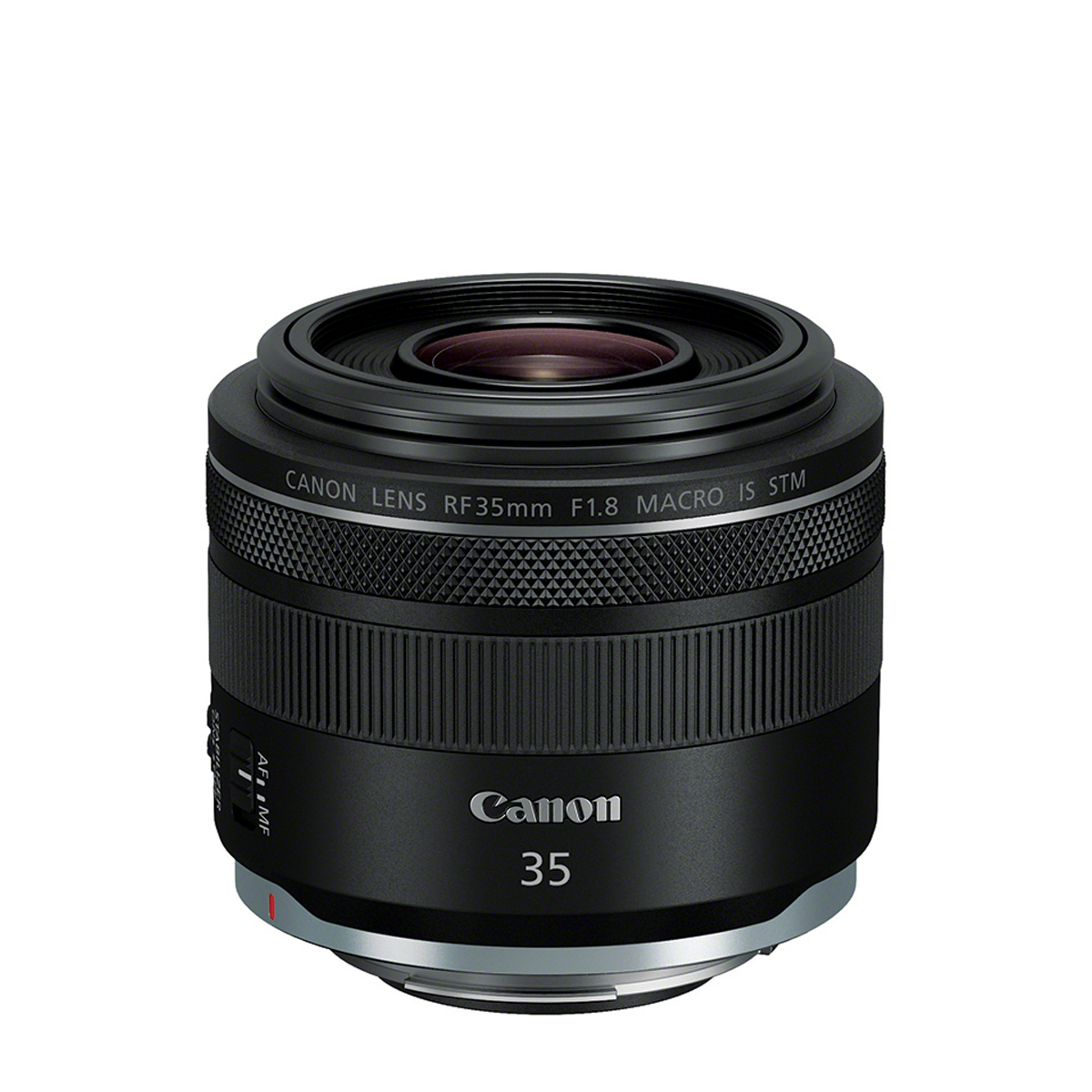
Light and slim, this is a capable lens that won’t draw attention to itself while you’re taking your next candid shots. Read more below…
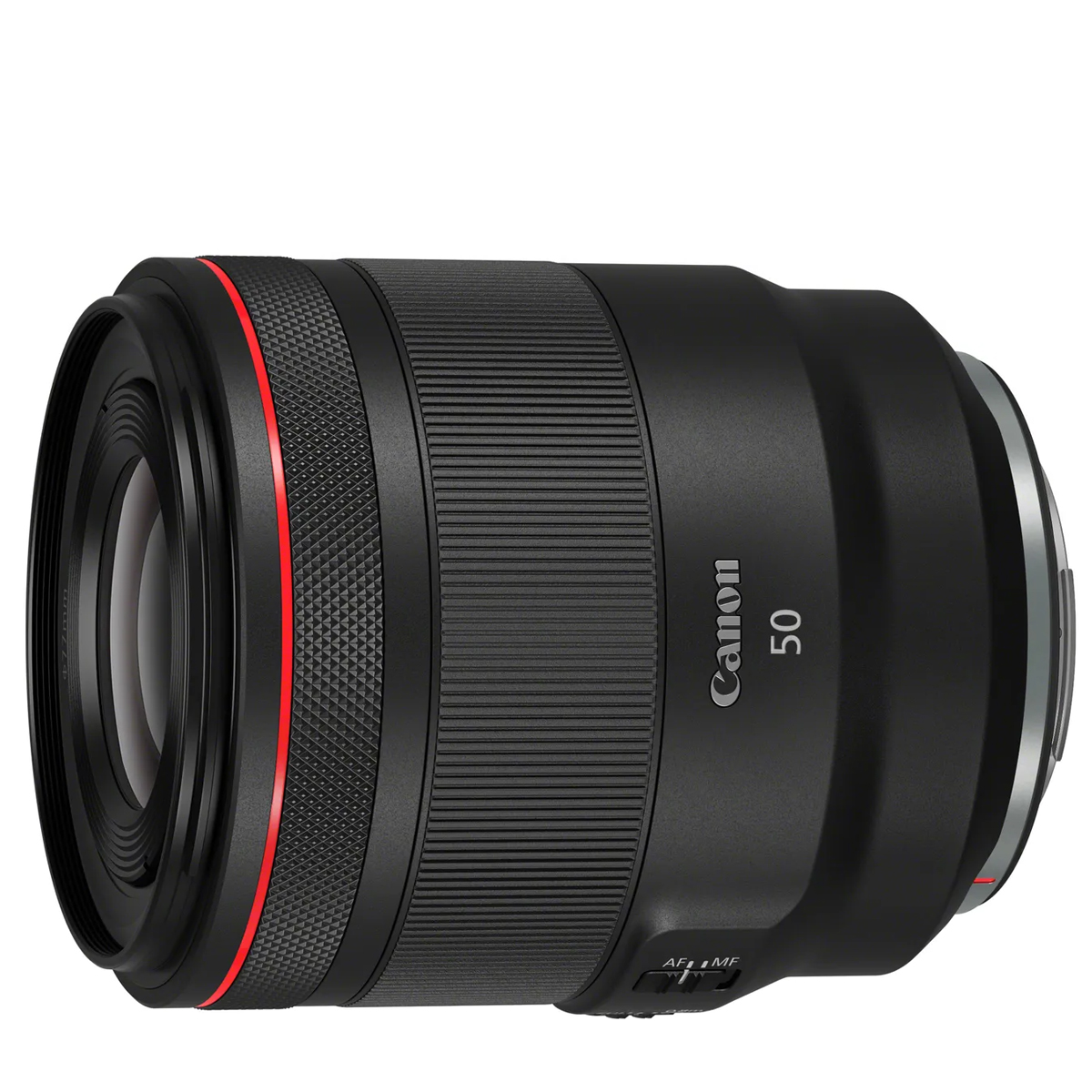
This is an ideal ‘nifty fifty’, with fabulous detail and exquisite subject separation, backed up by speedy autofocus. Read more below…

This is a contender for the accolade of the best portrait lens available, not just for the R5, with a super-wide aperture. Read more below…
View the full list ⤵

This telephoto strikes a balance between performance and convenience, with a lightweight build and weather-sealing. Read more below…
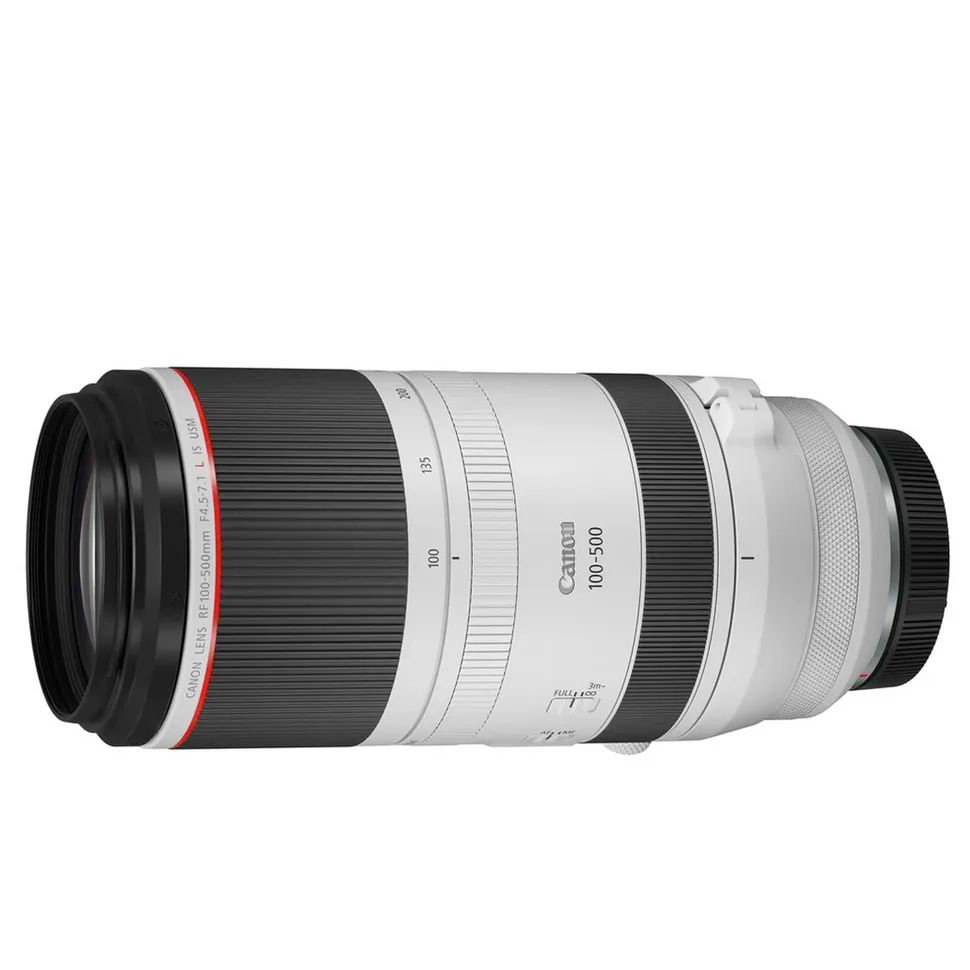
If you’re getting into distant subjects like sports or wildlife, this is a great way to give yourself more shooting options. Read more below…
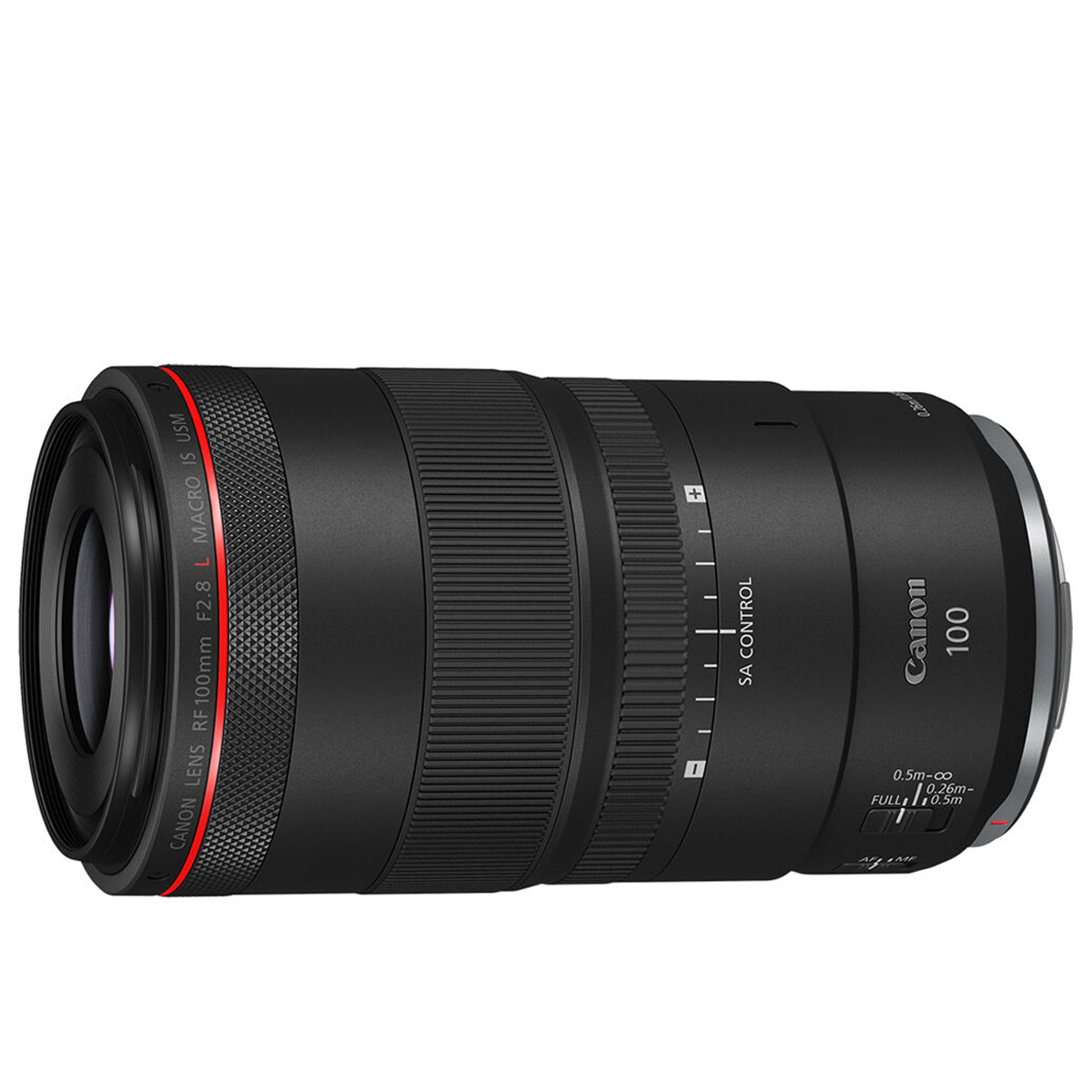
With image stabilization, a wide aperture and better-than-lifesize magnification, this is the macro lens of your dreams. Read more below…
Best lenses for the Canon R5 and R5 Mark II family
Why you can trust Digital Camera World
Best everyday lens for the R5
Specifications
Reasons to buy
Reasons to avoid
This is the standout choice as the everyday standard zoom for the Canon R5. It’s responsive and delivers plenty of detail; it’s even able to control the technical issue of focus breathing.
In our review, we noted a few technical issues, such as edge sharpness, that mean it doesn’t quite reach the heights of some Canon lenses – although the extent to which this matters depends on the types of photo you shoot. But for the price, this is unquestionably a strong performer.
Read more: Canon RF 24-70mm f/2.8L IS USM review
Best wide-angle lens for the R5
Specifications
Reasons to buy
Reasons to avoid
This lens’ incredibly useful focal length zoom range of 15-35mm makes it suited to a wide range of applications from landscapes, travel photography, street, and even astrophotography thanks to its maximum f/2.8 aperture, which is constant throughout the zoom range.
Fast autofocus is powered by the Ultrasonic Motor in this lens, a step above the standard STM equipped in many other, slightly cheaper models. A real treat to use in low light conditions, this lens combines with the R5’s in-body image stabilization to provide a maximum of 8 stops of IS (5 in the lens).
Read more: Canon RF 15-35mm f/2.8L IS USM review
Best ultra wide-angle lens for the R5
Specifications
Reasons to buy
Reasons to avoid
The design of the RF lens mount on the R5 places a lens’s rear optical element closer to the image sensor than was the case with Canon DLSRs – and you can really see the difference it makes when you attach this ultra wide-angle lens. The advanced optical design means that the distortion you expect to see at extreme wide angles is vastly reduced, so the straight lines in buildings look straight in your photos.
It’s also light and compact for a lens in its class, with plenty of useful controls, and the smooth, quiet stepping motor autofocus makes it ideal for recording video.
Read more: Canon RF 10-20mm f/4L IS STM review
Best street photography lens for the R5
Specifications
Reasons to buy
Reasons to avoid
This 35mm prime performs well on the Canon EOS R5 and it won’t break the bank, either. Lightweight at just over 300g, it’s compact in design and inconspicuously mounts to the front of the camera with its slim build.
I should note that the Canon RF 35mm f/1.4L VCM lens is not only better, but arguably one of the best 35mm lenses ever made. However, it's also considerable more expensive and – crucially – a lot larger. So when it comes to street and travel photography, that's not the one I'm reaching for – the 35mm f/1.8 is small, light and nimble, and is still a great little performer.
A fast aperture combines with the wide-angle focal length for images that are contextual but also evocative. The STM autofocus, while not the flagship for RF lenses, performs well under most situations and the lens can use the R5’s in-body image stabilization for steadying shots. It also boasts 0.5x magnification ratio for the close-up shooting of details or smaller subjects.
Read more: Canon RF 35mm f/1.8 IS Macro STM review
Best 50mm lens for the R5
Specifications
Reasons to buy
Reasons to avoid
When we tested the 50mm, we were struck by how sharp its detail was, and how responsive the autofocus system was. The very wide f/1.2 aperture means you can achieve a dramatic level of background blur. This is an amazing lens if you shoot fashion, or portraits that include some of the environment. It’s a substantial lens, but the R5 is big enough to cope with the weight and not feel unbalanced.
Read more: Canon RF 50mm f/1.2 USM review

Best portrait photography lens for the R5
Specifications
Reasons to buy
Reasons to avoid
An 85mm prime lens has always been touted as one of the best prime focal lengths for portraiture due to the perspective compression it gives for flattering facial features, but the Canon RF 85mm f/1.2L is probably the best portrait lens you can get for the Canon EOS R5 – and possibly of any camera system.
Detail is razor-sharp and autofocus is incredibly quick, while the ultra-fast f/1.2 aperture produces effortlessly smooth bokeh and shallow depth of field. The aperture also makes it ideal for low-light conditions, such as indoor wedding photography.
Read more: Canon RF 85mm f/1.2L USM review
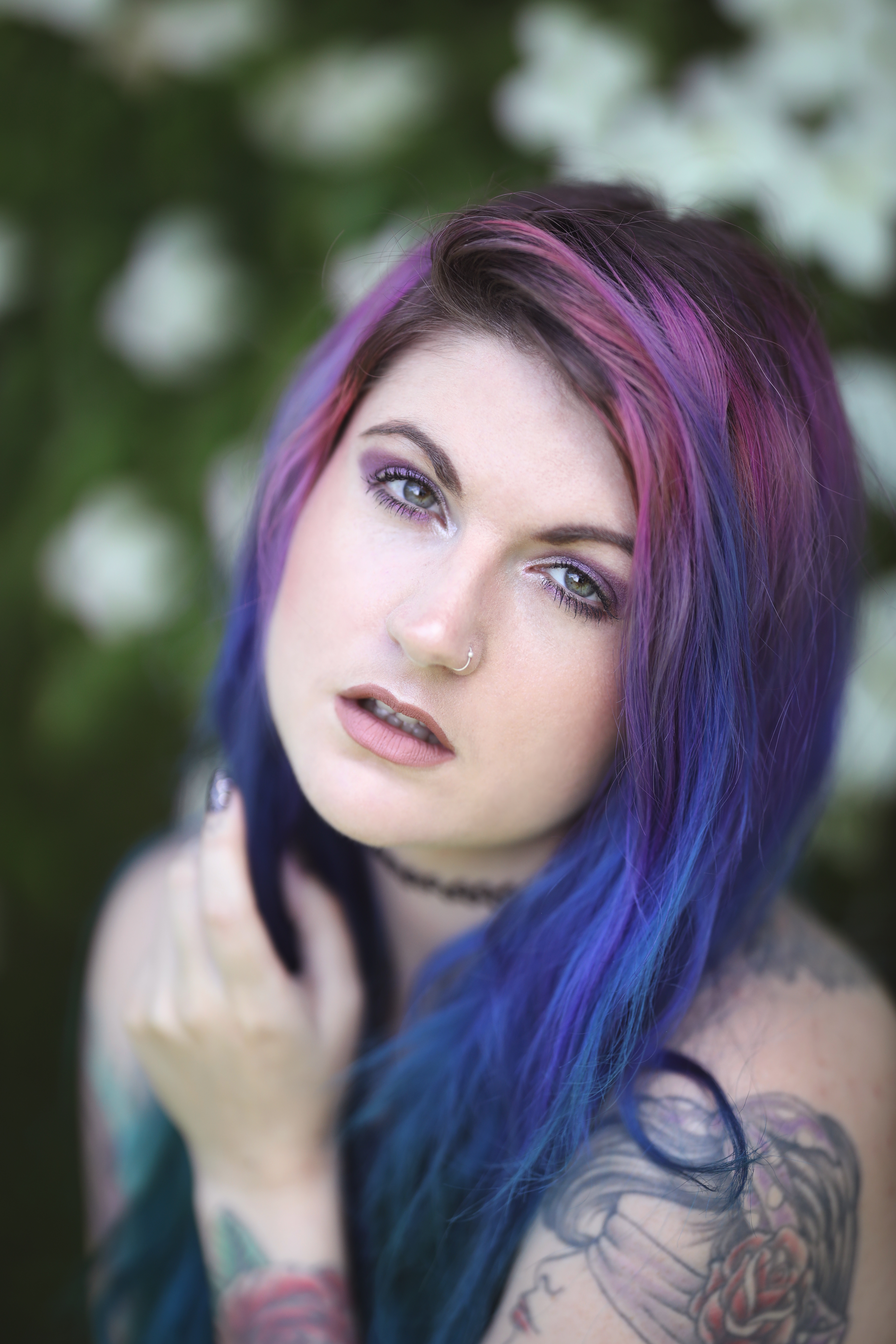
Best telephoto lens for the R5
Specifications
Reasons to buy
Reasons to avoid
Professionals and serious amateurs with a good chunk of change behind them should take note of this member of Canon’s holy trinity of lenses. Designed to be taken anywhere, it’s considerably smaller than any 70-200mm EF counterpart and is comparatively lightweight, too, all the while retaining excellent weather sealing to protect it from the elements.
This fast L series telephoto zoom appeals to many types of photographers, whether favoring landscapes, portraits, or even concert/gig photography where light is minimal and often inside. This lens shoots it all easily thanks to five stops of hybrid IS and a fast f/2.8 aperture.
Read more: Canon RF 70-200mm f/2.8L IS USM review
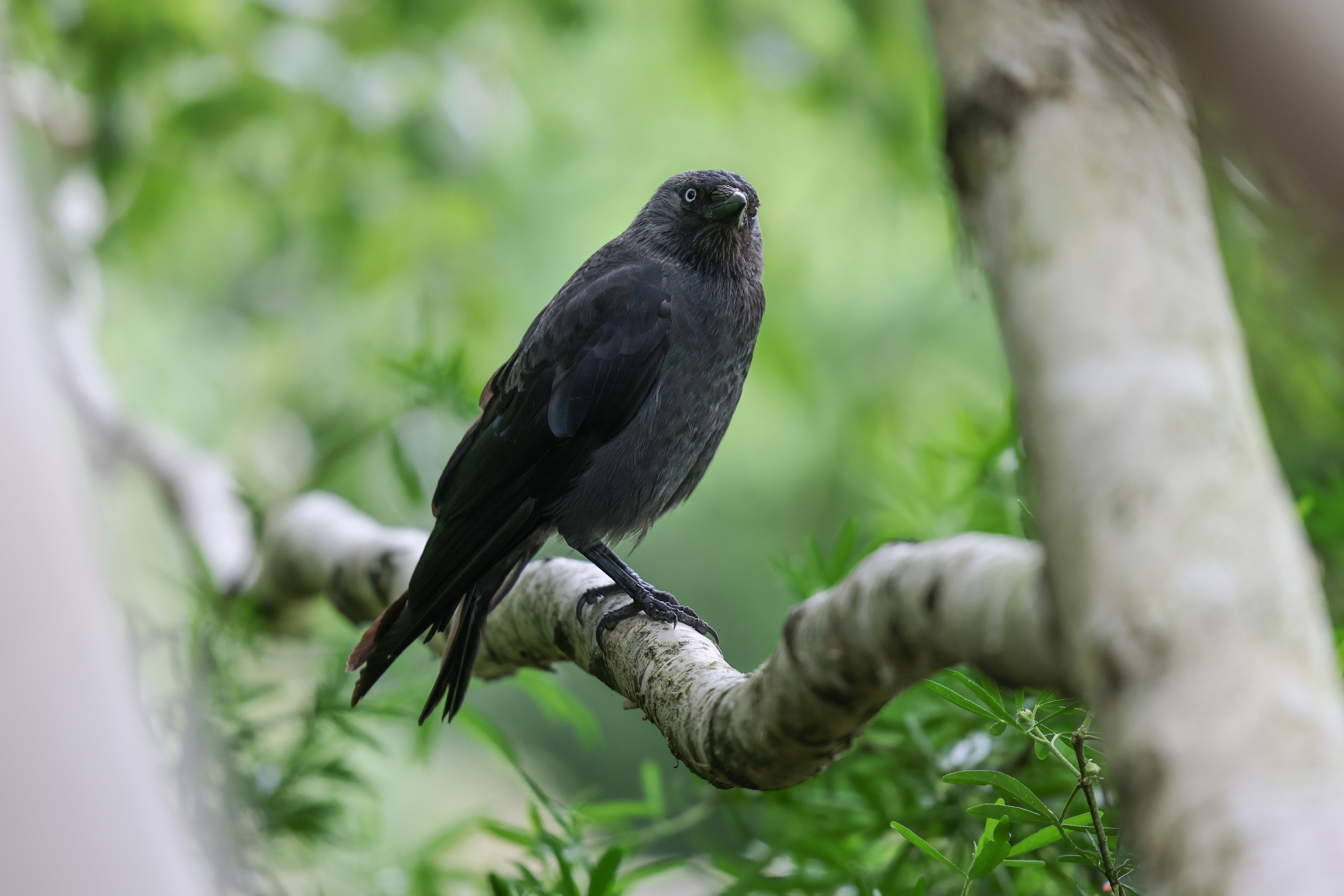
Best super-telephoto lens for the R5
Specifications
Reasons to buy
Reasons to avoid
The Canon EOS R5 and R5 Mark II are well suited to sports and wildlife photography, with sophisticated AI subject recognition and a fast burst rate. But very often your subjects are some way off, and you need a more powerful telephoto. The Canon RF 100-500mm is a superb addition to the rapidly expanding range of RF-mount lenses for Canon's EOS R-series cameras.
It combines Canon's legendary L-series build quality with premium optical performance that's up there with the very best Canon zoom lenses we've tested. Its autofocus is also optimized to match the AF and in-body stabilization of the EOS R5 series, and while this is a big lens with a comparative mode f/4.5-7.1 aperture range, it does offer an impressive 5x zoom range for quickly adapting to different subject distances out in the field.
Read more: Canon RF 100-500mm f/4.5-7.1L IS USM review

Best macro lens for the R5
Specifications
Reasons to buy
Reasons to avoid
This lens is inspired by Canon’s EF 100mm f/2.8L Macro IS USM, a superior design that became a staple for macro photographers. And it’s even better.
The magnification is an astounding 1.4:1, which means the image projected onto the R5’s full-frame sensor is 1.4 times lifesize. The detail is ridiculously sharp. A dedicated spherical aberration control ring even enables you to adjust the bokeh effect.
Read more: Canon RF 100mm f/2.8 Macro IS USM review
Lab data and comparisons
The graphs below show the comparative performance of the lenses in this guide, based on our in-house lab tests. Levels of sharpness are very good for all of these lenses, and there’s fairly little color fringing. As with many lenses designed for mirrorless cameras, the RF 10-20mm relies heavily on in-camera correction for distortion.
Scores for sharpness and color fringing are averaged from data taken across the entire image frame, from the center to the edges and corners, throughout the aperture range. For zoom lenses, the scores are also averaged from data measured at all marked focal lengths, and the same applies to distortion. Bear in mind that these average values don't fully reflect specific areas of performance. For example, a zoom lens might have noticeable barrel and pincushion distortion at its shortest and longest focal lengths respectively, which tends to average out when looking at the data overall. For more detailed graphs of each lens's performance, which give the full picture, check out the graphs in our full standalone lens reviews.
How to choose the best lens for the Canon EOS R5
Do all Canon lenses fit the EOS R5?
The R5 uses the Canon RF mount, which means it works with all RF and RF-S lenses. RF lenses are designed for use with full-frame Canon camera such as the R5, and there are lots to choose from. RF-S lenses are made with APS-C Canon cameras such as the R10 in mind: on the R5, they produce a cropped image compared with an RF lens at the same focal length.
The R6 can also use Canon's older EF and EF-S lenses for DLSRs, but you have to buy a Canon EF-EOS R Mount Adapter to fit the lenses.
The R6 can’t use EF-M lenses, which are made for the Canon EOS M series of cameras. No adaptor has been released for EF-M lenses.
How do I know which lens to get for my R5?
The reason there are so many types of lens in the first place is that different scenes demand different lens designs, particularly when it comes to focal length and aperture rating.
Usually, you will decide what you want to photograph, then get a lens with the focal length that suits the situation. For example, to shoot landscapes you will need a wide-angle lens, while for sports and wildlife you will need a telephoto.
You can watch this video that explains focal length: it helps you work out what kind of lenses you need for different genres of photography.
How we test lenses
The lens experts in our testing lab run a range of tests under controlled conditions, using the Imatest Master testing suite. Photos of test charts are taken across the range of apertures and zooms (where available), then analyzed for sharpness, distortion and chromatic aberrations.
We use Imatest SFR (spatial frequency response) charts and analysis software to plot lens resolution at the centre of the image frame, corners and mid-point distances, across the range of aperture settings and, with zoom lenses, at four different focal lengths.
There's more to it than just the technical side, though! Beyond the lab, our reviewers test lenses in real-world environments – and sometimes on professional shoots! We work with lenses both indoors and outdoors, in studio conditions and in natural light, with as many different subjects as is possible (or appropriate – there's no point testing a landscape lens' ability to shoot a portrait!).
We take into account everything from handling and ease of use to speed of autofocus and the overall quality of the images produced.
Find out more about how we test and review on Digital Camera World
The best camera deals, reviews, product advice, and unmissable photography news, direct to your inbox!

James has 25 years experience as a journalist, serving as the head of Digital Camera World for 7 of them. He started working in the photography industry in 2014, product testing and shooting ad campaigns for Olympus, as well as clients like Aston Martin Racing, Elinchrom and L'Oréal. An Olympus / OM System, Canon and Hasselblad shooter, he has a wealth of knowledge on cameras of all makes – and he loves instant cameras, too.
